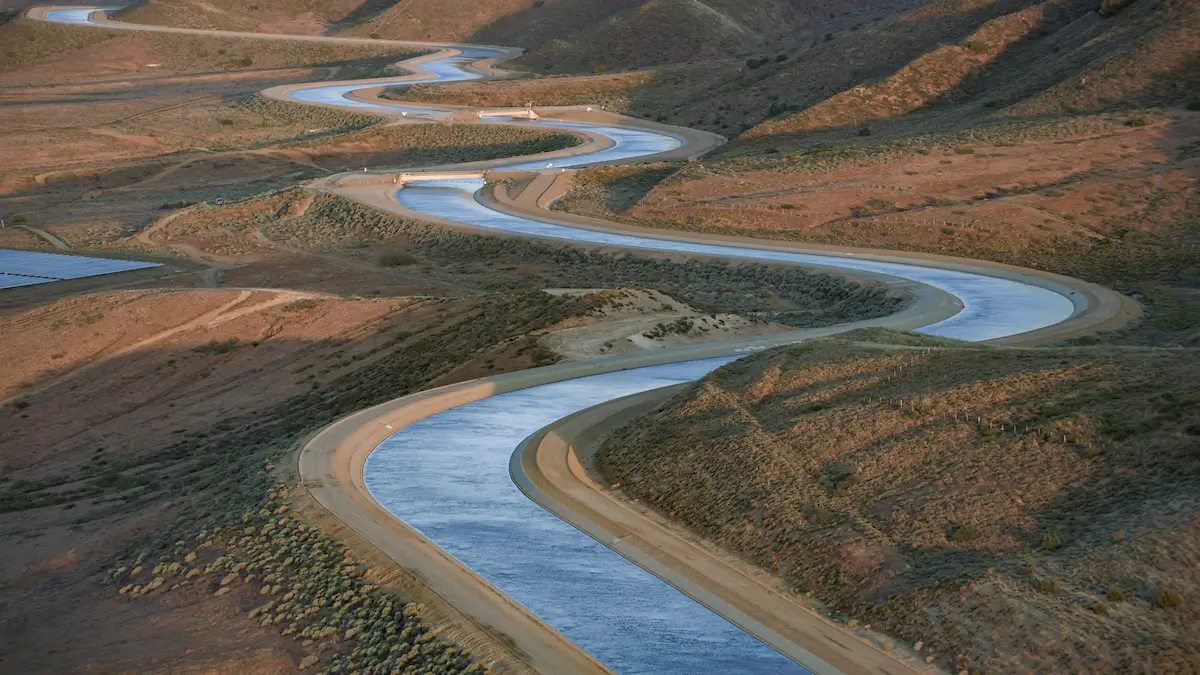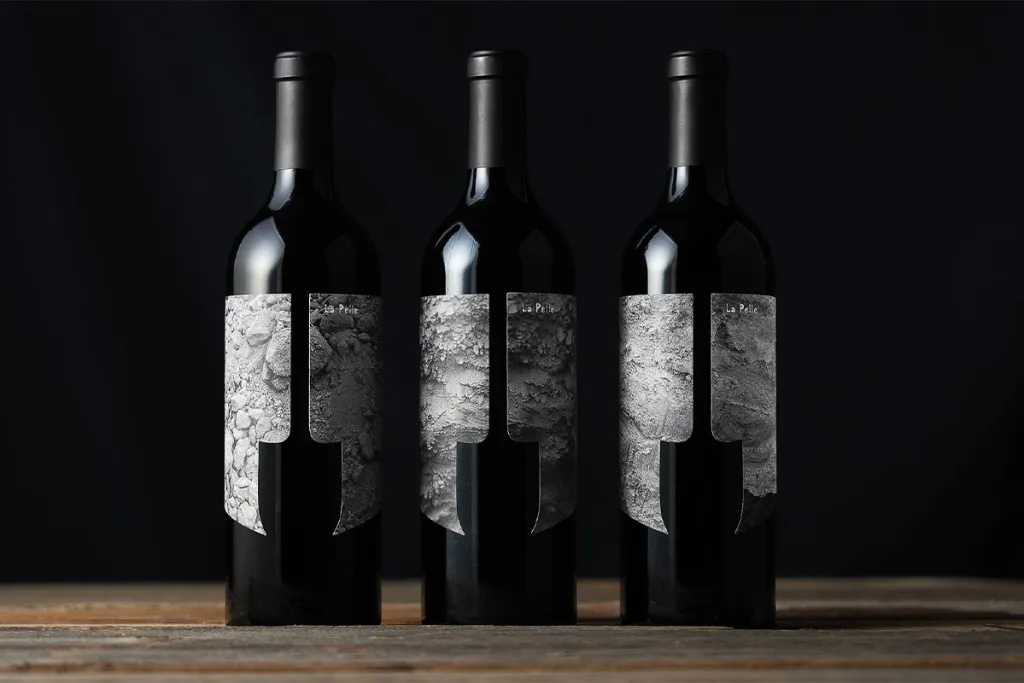New Operating Permit Issued for California’s State Water Project to Preserve Water Supply While Protecting Endangered Species


The permit, known as an Incidental Take Permit (ITP), was issued by the California Department of Fish and Wildlife (CDFW) following the certification of a Final Environmental Impact Report for long-term operations of the SWP. The permit covers five species protected under the California Endangered Species Act, including Delta smelt, longfin smelt, white sturgeon, winter-run Chinook salmon and spring-run Chinook salmon.
Since 2021, DWR has been working with the U.S. Bureau of Reclamation and partners at the state and federal fish agencies to update the operating rules for the SWP and the federal Central Valley Project following litigation against the federal rules in 2020, known as the Biological Opinions. As with the previous permits, DWR focused on meeting the requirements of the California Endangered Species Act (CESA) independent of the federal Biological Opinions. This allows for simpler processes for adaptively managing the system and ensuring CESA coverage remains in place independent of any future changes to the federal rules.
“The new Incidental Take Permit for the State Water Project issued today provides California with new tools and resources to better manage our water supply for endangered fish species and millions of Californians,” said DWR Director Karla Nemeth. “While the State Water Project is now operating under a permit independent of our federal partners, we continue to work together to make sure the rules that govern operations of both projects are aligned to the benefit of both fish and people.”
“In California, incidental take permits are an important way we regulate infrastructure projects that have the potential to cause harm to protected fish and wildlife,” said CDFW Director Chuck Bonham. “By requiring the State Water Project operation to avoid and minimize impacts, and to mitigate and counteract those impacts through habitat restoration, improved flow measures, monitoring, and hatchery production, we will make sure all fish and wildlife species impacted by the project have opportunities to thrive.”
The new operating plan for the SWP include a portfolio of actions and new science tools designed to reduce and offset impacts to listed species, including commitments to:
- Incorporate new genetic technology that allows real-time differentiation of listed salmonids from non-listed salmonids for real-time operational adjustments
- Complete tidal marsh and floodplain restoration projects that support spawning and rearing habitat for listed species
- Improve fish passage in critical migration corridors
- Support adaptive annual investments in salmon that are responsive to climate change stressors, including droughts
- Support hatchery production actions for listed species
The proposed operations also incorporate a robust adaptive management plan that will allow the SWP to incorporate new science to revise project components in a manner that more efficiently and effectively protects species.
“Extreme storms and extended droughts mean we need to be as nimble as possible in operating our water infrastructure. DWR remains committed to using the best available science to operate the State Water Project to support the water supply needs of California’s communities while protecting fish and wildlife,” Nemeth said.
The SWP operations plan was completed in coordination with partners from the Bureau of Reclamation, U.S. Fish and Wildlife Service, National Marine Fisheries Service, and CDFW. Efforts to complete the updated operations plan spanned three years and included regular engagement and feedback from interested parties.
The federal Central Valley Project Environmental Impact Statement and Biological Opinions are separate from the SWP Incidental Take Permit and Final Environmental Impact Report. For questions related to the federal regulations process, please contact the U.S. Bureau of Reclamation.

The through line among La Pelle’s three single vineyard Cabernet Sauvignons—Saint Helena Alluvium Vineyard, Coombsville La Ceniza Vineyard, and Oak Knoll District Red Hen Vineyard—is Koschitky’s hand in the winery. The Alluvium Vineyard is an alluvial fan, spreading out from an old sedimentary riverbed in the shape of a broad triangle. Koschitzky says this site imparts the darkest fruit flavors, most intense texture, and softer, sweeter tannins. He maintains that the compact volcanic soils of La Ceniza “bring density, acidity and excellent core fruit with compacted tannins that dissolve with time,” while Red Hen Vineyard’s gravel and alluvial soil come together to create a “unique wine with brighter red fruit, good concentration, savory elements and great long finish.”
A native of Israel, where he grew up farming fruits and vegetables with his family prior to four years of military service, Koschitzky studied mechanical engineering with a focus on agriculture that included winemaking. After an internship at an Israeli winery in 2005, he returned to school to further his studies in enology and viticulture. He spent several years at Margalit, one of his home country’s top boutique producers, before heading to Napa with his wife in 2011 to explore the possibility of working overseas. A harvest internship at Screaming Eagle turned into three years as assistant winemaker before joining Philippe Melka in 2014. Working on so many different wines within the varied terroir of Napa Valley has its advantages. “Every harvest with Atelier Melka is like 10 harvests in a regular winery,” he says.
Source: https://robbreport.com/food-drink/wine/maayan-koschitzky-napa-valley-wine-la-pelle-1235964342/
